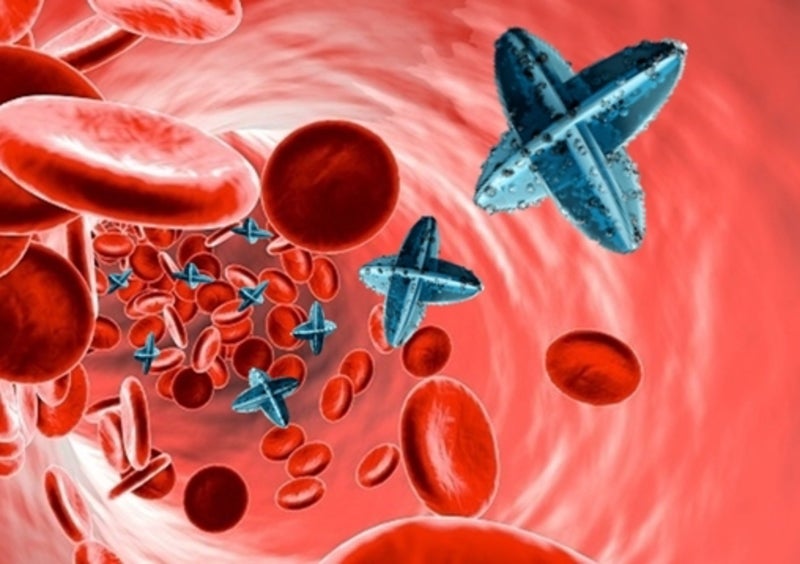
Engineers at the University of New South Wales (UNSW) in Australia have developed micro-submarines that could travel inside the human body and deliver medicine to a targeted location such as a diseased organ.
The new devices are powered by nano-motors and do not require any external stimulus.
Designed to self-propel, the micro-submarines leverage changes in biological pH environments to adjust their buoyancy and reach specific targets inside the body.
UNSW School of Chemical Engineering and School of Biomedical Engineering researcher Dr Kang Liang said: “We already know that micro-motors use different external driving forces such as light, heat or magnetic field, to actively navigate to a specific location.
“In this research, we designed micro-motors that no longer rely on external manipulation to navigate to a specific location. Instead, they take advantage of variations in biological environments to automatically navigate themselves.”
Each capsule of medicine can be designed to contain millions of micro-submarines, and within each micro-submarine would be millions of drug molecules.
How well do you really know your competitors?
Access the most comprehensive Company Profiles on the market, powered by GlobalData. Save hours of research. Gain competitive edge.

Thank you!
Your download email will arrive shortly
Not ready to buy yet? Download a free sample
We are confident about the unique quality of our Company Profiles. However, we want you to make the most beneficial decision for your business, so we offer a free sample that you can download by submitting the below form
By GlobalDataOne of the applications of the tiny devices would be oral administration of drugs for the treatment of a tumour in the stomach or intestines.
Liang added: “Once in the gastrointestinal fluid, the micro-submarines carrying the medicine could be released. Within the fluid, they could travel to the upper or bottom region depending on the orientation of the patient.
“The drug-loaded particles can then be internalised by the cells at the site of the cancer. Once inside the cells, they will be degraded causing the release of the drugs to fight the cancer in a very targeted and efficient way.”
According to researchers, a patient must be oriented in a way that the ailment is either up or down for the micro-submarines to find their target.
The micro-submarines are developed as metal-organic frameworks (MOF) based micro-motor systems. They feature a bioactive enzyme (catalase, CAT) as the engine for gas bubble generation.
While the research is still in early stages, it is expected to enable the development of next-generation micro-motors or nano-drug delivery vehicles.



